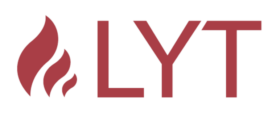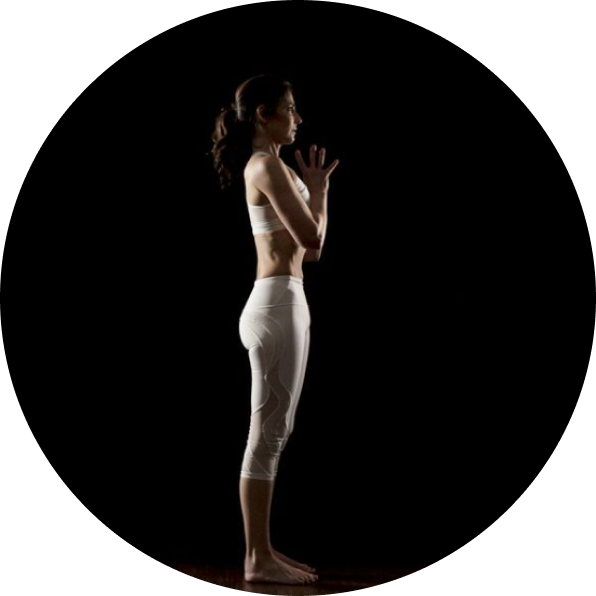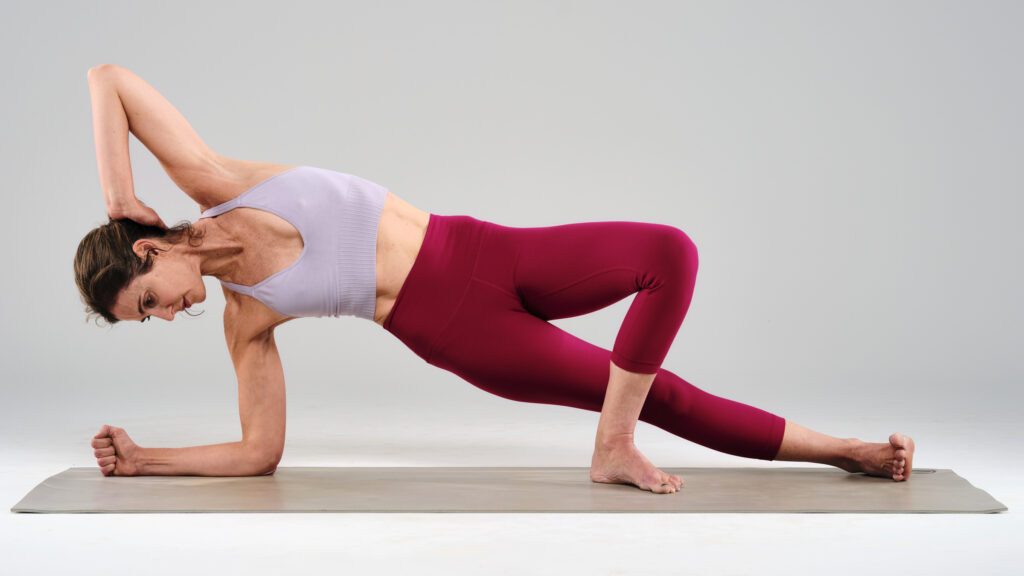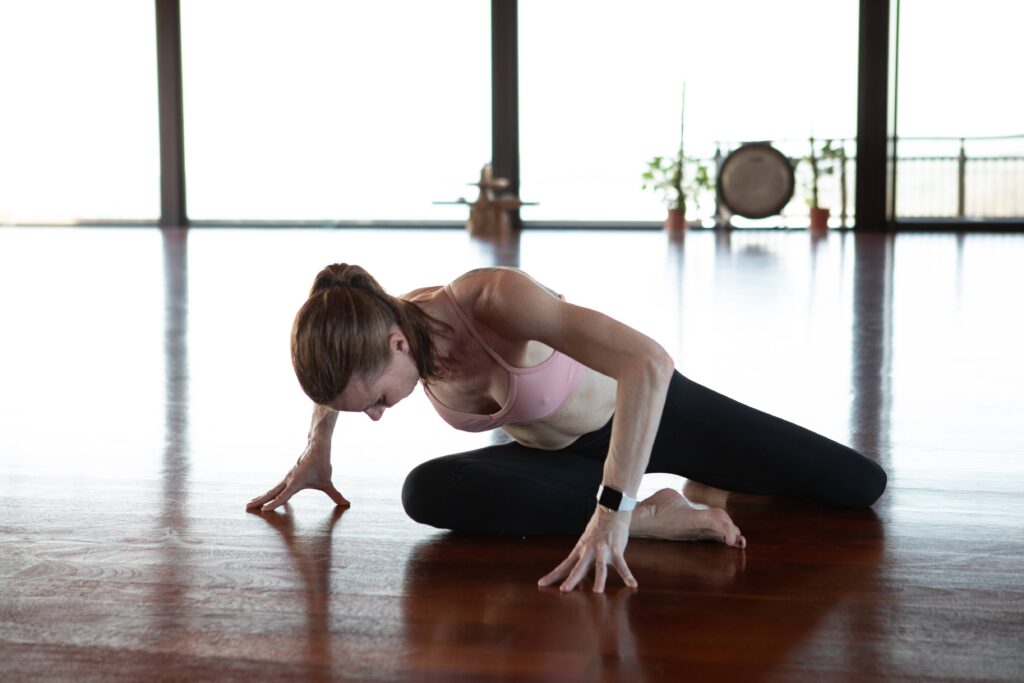In the intricate dance between mind and body, certain muscles play a crucial role not only in physical well-being but also in the realm of emotions. One such hidden gem nestled deep within our core is the psoas muscle. Often overlooked, the psoas is more than just a physical connector—it’s an emotional muscle that weaves the tapestry of our feelings and experiences.
The PSOAS as a storehouse of emotions:
The Seat of the Soul: Often referred to as the “muscle of the soul” or the “emotional muscle,” the psoas is believed to store emotional trauma and stress. As we navigate life’s ups and downs, the psoas contracts and tightens, holding onto the emotional residue of our experiences.
Fight or Flight Response: The psoas are closely tied to the body’s fight or flight response. When we encounter stress, whether physical or emotional, the psoas tightens as a protective mechanism. Unfortunately, in our modern lives, chronic stress can cause the psoas to remain in a constant state of tension. Tension in the jaw, and chest, clenching of the fists, and sharp gasps of inhale are all related to this state of hyperactive nervous system stress. Pain or trauma whether physical or emotional can cause our bodies to remain in a state of stress, far after the actual threat has passed. The constant prolonged restriction in this area can lead to hip, knee, or lower back pain later down the road.
Connection to the Nervous System: The psoas are intricately linked to the autonomic nervous system, which regulates involuntary bodily functions. As a result, the state of our psoas can influence our overall nervous system balance, impacting our emotional state and responses to stress.
Releasing emotional tension:
Mindful Movement Practices: Incorporating mindful movement practices such as yoga or Pilates can help release tension stored in the psoas. Gentle stretches and poses that focus on the hip flexors can promote relaxation and emotional release. While the ability to relax is important, many muscles that are tight and tense, are also weak. Both strengthening and lengthening the psoas tissues to ensure optimal suppleness of the tissue is the true secret to release.
Breathwork: The breath is a powerful tool for unlocking the psoas and releasing emotional tension. Mindful breathing exercises can help bring awareness to the core, allowing for a deeper connection to and release of stored emotions.
Body-Mind Connection: Recognizing the emotional aspects of the psoas creates an opportunity for a holistic approach to well-being. Practices such as meditation and body awareness exercises can foster a deeper connection between the mind and the psoas, promoting emotional release and balance.
The great news is that we incorporate all of these elements into our LYT practice. I like to describe it as a moving meditation, where we pay special attention to each and every movement throughout the practice. We focus on what is holding, what is mobilizing, creating that mind-body connection. We use the breath to create space and promote proper core engagement and contraction. We work the psoas both to strengthen and to stretch and lengthen. Some classes even include one of my favorite ways to provide deep release—lying on your belly with a block underneath you, just above your two front hip points. This simulates a manual deep release, such as myofascial release, which I also practice and receive myself and find extremely beneficial for providing release to this area of the body.
As we navigate the complex interplay of emotions and physicality, understanding the role of the psoas as an emotional muscle can be transformative. By cultivating awareness of this hidden gem within our core, we open the door to a deeper understanding of ourselves and the potential for emotional healing. So, let’s embark on a journey of self-discovery, unraveling the emotional tapestry woven within the intricate fibers of the psoas.





